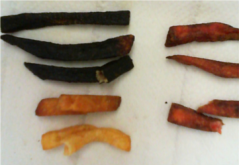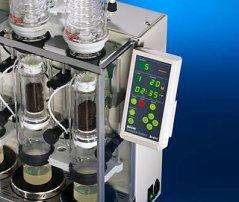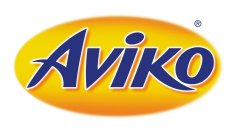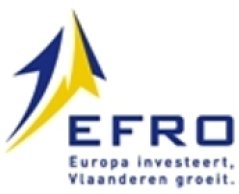
Project
Deep frying: from mechanisms to product quality
PhD defended by Keven van Koerten at Wageningen University on 14 March 2016
Introduction
Deep frying involves the submerging of food products in hot oil, thus drying the product while giving it a distinctive taste. Over the last centuries it has evolved into a popular method for the preparation of foods (e.g. French fries) and has become an important industrial process. Hitherto, most research has focussed on finish frying at the product level, e.g. heat transfer into a single French fry or acrylamide formation due to oil degradation. During industrial pre-frying operation, quality variations in the product are encountered as well. These variations can arise from for example temperature differences within the industrial fryer system.
Aim
The aim of this PhD thesis is to explore and minimize product quality differences observed during industrial pre-frying of French fries. The research will focus on both temperature and velocity profiles inside the oil as well as the quality variations that occur inside the packed bed of fries. The latter are correlated to local temperature and velocity differences in the frying unit. Moreover, the physical conditions and packing of the French fries can vary as a result of the applied flow conditions.
Approach
A special laboratory fryer setup is used to investigate the process-product interactions during pre-frying of French fries. The fryer includes transparent walls for visual experiments and an external pump and heating unit to control oil flow and temperature. Image analysis software is used to convert images into quantitative data. Oil and water content of the French fries are determined by Soxhlet extraction and oven drying respectively.

Fig 1. Screening for colorant to be

Fig 2. Automated Buchi soxhlet extractor used in image analysis
Besides the experimental work, a simulation model is constructed for the pre-frying process. Models are a valuable tool to save time and expenses in scaling up a process, as they can predict possible problems in a larger setup. Computational Fluid Dynamics (CFD) software is used to describe oil flow, while the Discrete Element Method (DEM) is adopted to describe the dynamic behaviour of the solid phase (i.e. the French fries).


Acknowledgements
This research is carried out within the LEAF-project (Low Energy And Fat) and is subsidised by the EFRO program (Europees Fonds voor Regionale Ontwikkeling).